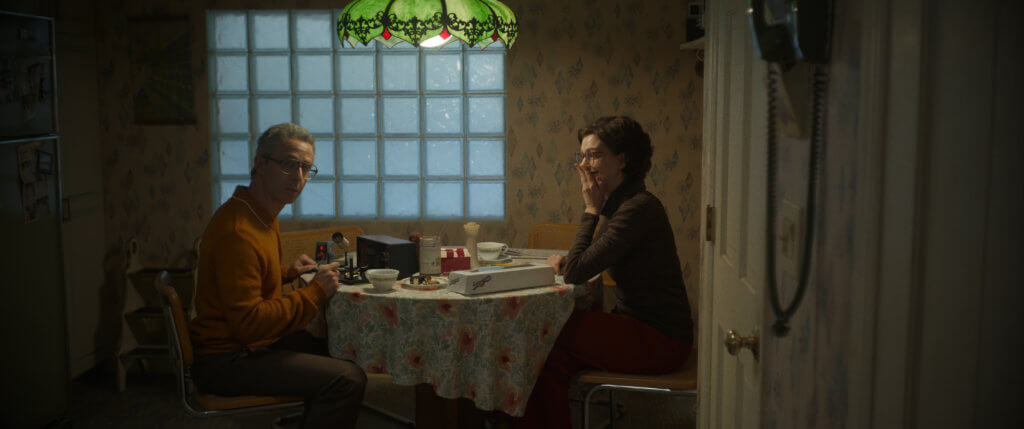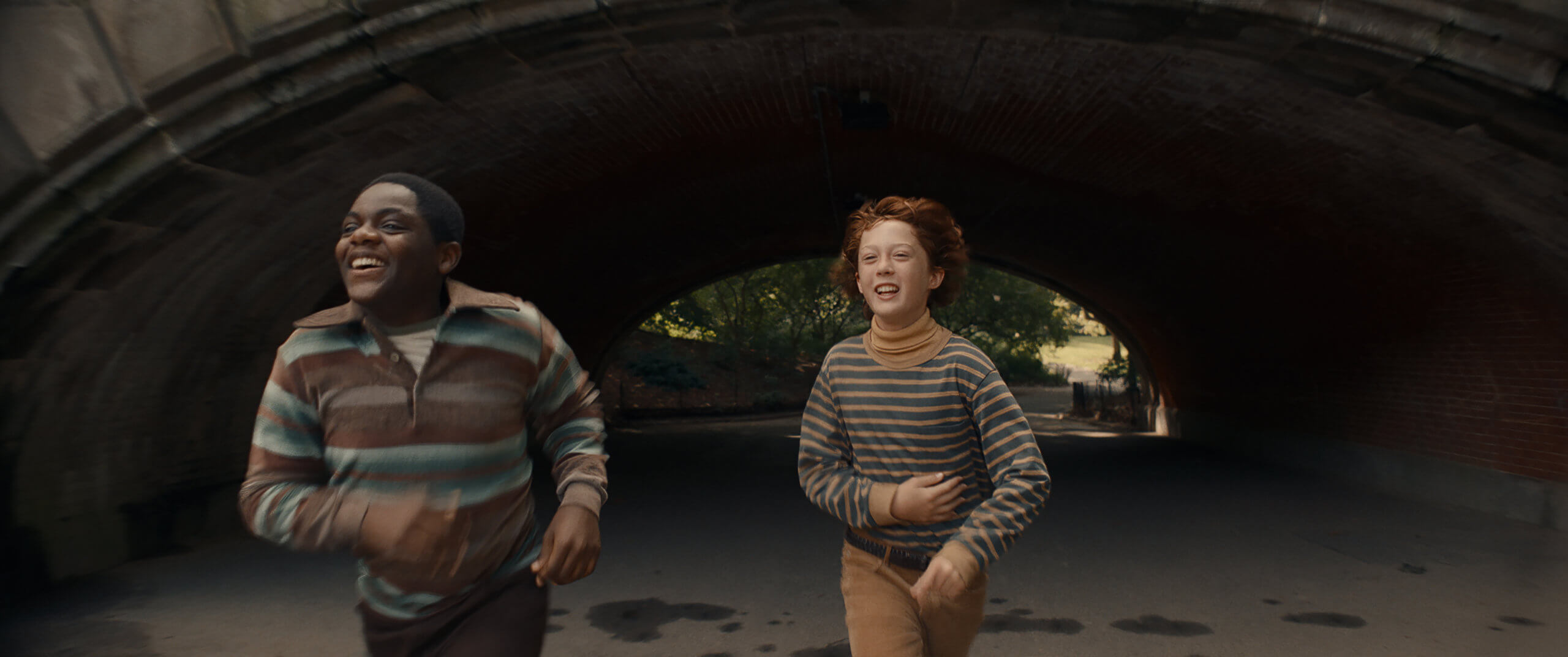What is the relationship between the film and its director? That seems to be the guiding ethos of investigating any given film; we see a work of motion picture art as the brainchild of the auteur, and a critical engagement with it becomes predicated on assessing how much the vestige of the single person resides in it, whether consciously or not. And the most intimate and pronounced of directors may indulge this tendency by turning the gaze of the camera on themselves. James Gray is without a doubt this kind of director. As his films slowly became more personal and his characters’ psyche more abysmal, it seemed inevitable that he would soon reach a crescendo of his filmic soul-searching. Likewise, following the tradition of many directors’ late style work of semi-autobiopics – e.g., Bergman’s Fanny and Alexander, Malick’s The Tree of Life – Gray’s eighth feature Armageddon Time is an artist’s self-reflection on the history that forged him, a testament to childhood as a vital substance of an artist’s anima and perspective.

11-year old Queens-native Paul Graff (Michael Banks Repeta) is a delicate but rebellious boy who must navigate through both the personal unrests of his upbringing and the civil unrests of 1980s America, wherein constant antagonism and invisible struggles are discharged in a million directions without a chance to think about what and why. As Paul reckons with and observes the world that constantly tries to set him up for either success or failure, his only places of comfort are his two friends: his grandfather (Anthony Hopkins), an unostentatious but charming patriarch of the family, and Johnny (Jaylin Webb), an African American boy who shares Paul’s aptitude for fun but is treated with antipathy because of his skin color and background. While the roots of his immigrant family’s struggles, among many other things, may be intangible to Paul’s now privileged life, what does strike him is the struggles of Johnny, and how the prejudiced society actively deteriorates those who have less or look different. The markers of elitism, racism and Reaganism tower over the drama like a dystopian backdrop, which echo the sentiments of America today far too much at times, but Gray cleverly evades didacticism or a sense of white guilt by never clinging to the notion of a solution or any grand scheme. Rather, he offers us a microscopic view of a personal history, never lingering on the integrity of those who may make a difference but taking one final glimpse at the mortality of those who will soon fade away in memory.
What makes this film so fundamentally moving to me over many other auto-biographical works is that it wholeheartedly accepts the powerlessness of things, how everything and everyone that seemed to hold our memory together were not as strong and enduring as we like to believe. Whether it’s someone that left, or someone that were left behind, or even ourselves that still stand here, they have, in their own ways, submitted to the heavy shackles of their time, and the film knows that today’s raconteurs cannot fix nor relieve the failures and pains of yesterday. Perhaps such attitude makes James Gray an artist of low self-importance, and perhaps in this surrender is where art truly begins. His film kindly asks us to consider, that any time endured living is an Armageddon time to all of us that lived it, and that anyone is an artist who can look back to mourn, celebrate, and accept the times that had both shaped them and forsaken them.
